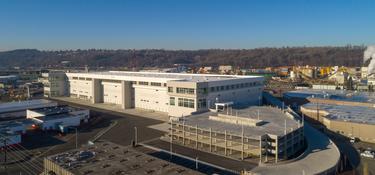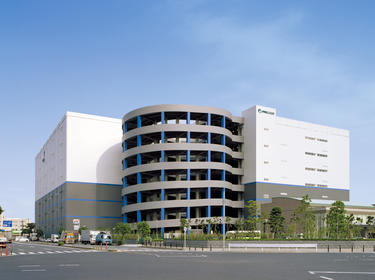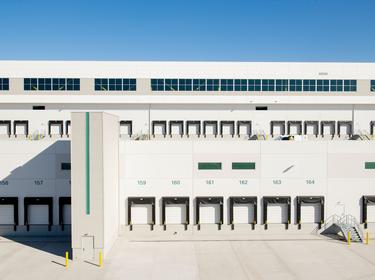
With global e-commerce retail sales expected to hit $4.9 trillion by 2021, and with consumers expecting shorter delivery windows than ever before (same-day delivery in many cases), multistory warehouses could wind up being the future of warehousing in the United States. In fact, Prologis is already planning and implementing multistory warehouses in our industrial real estate portfolio.
Although multilevel warehouses are common in densely populated areas of Asia, they are only now gaining popularity in the United States. This is partly because property developers are challenged with providing industrial real estate in some of the biggest consumer markets in the country. Developers have to deal simultaneously with chronic land shortages and city building restrictions put in place to help ease traffic congestion in the country’s larger cities.





